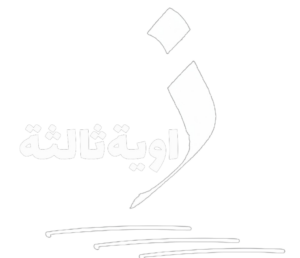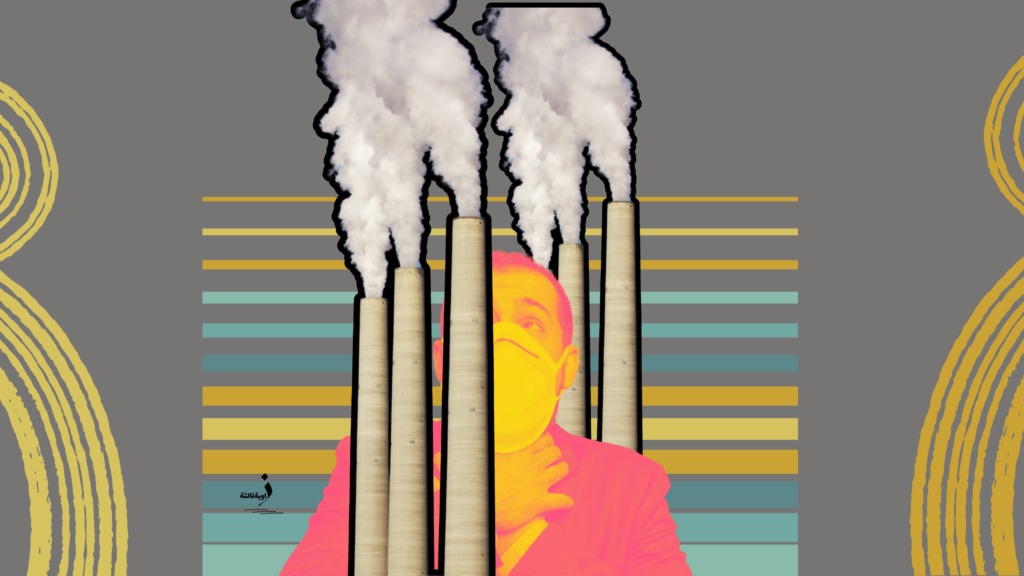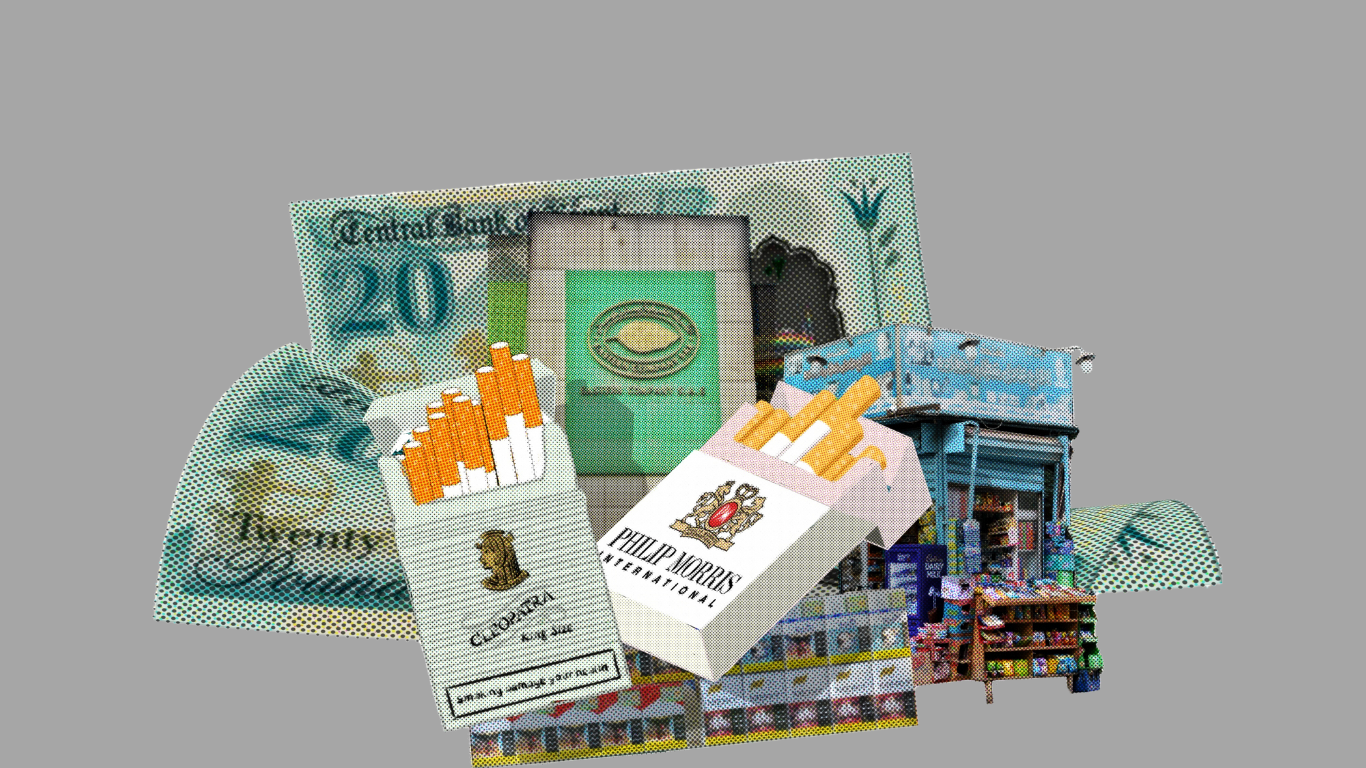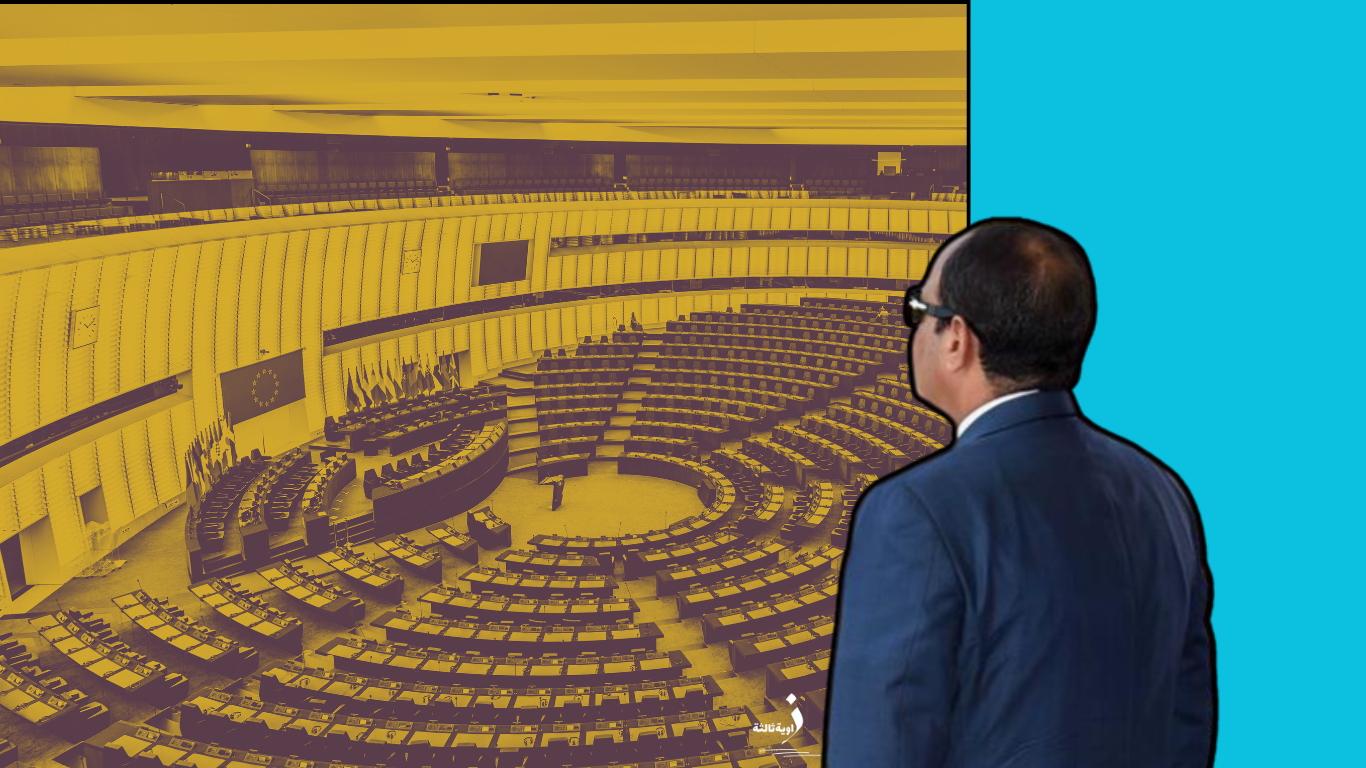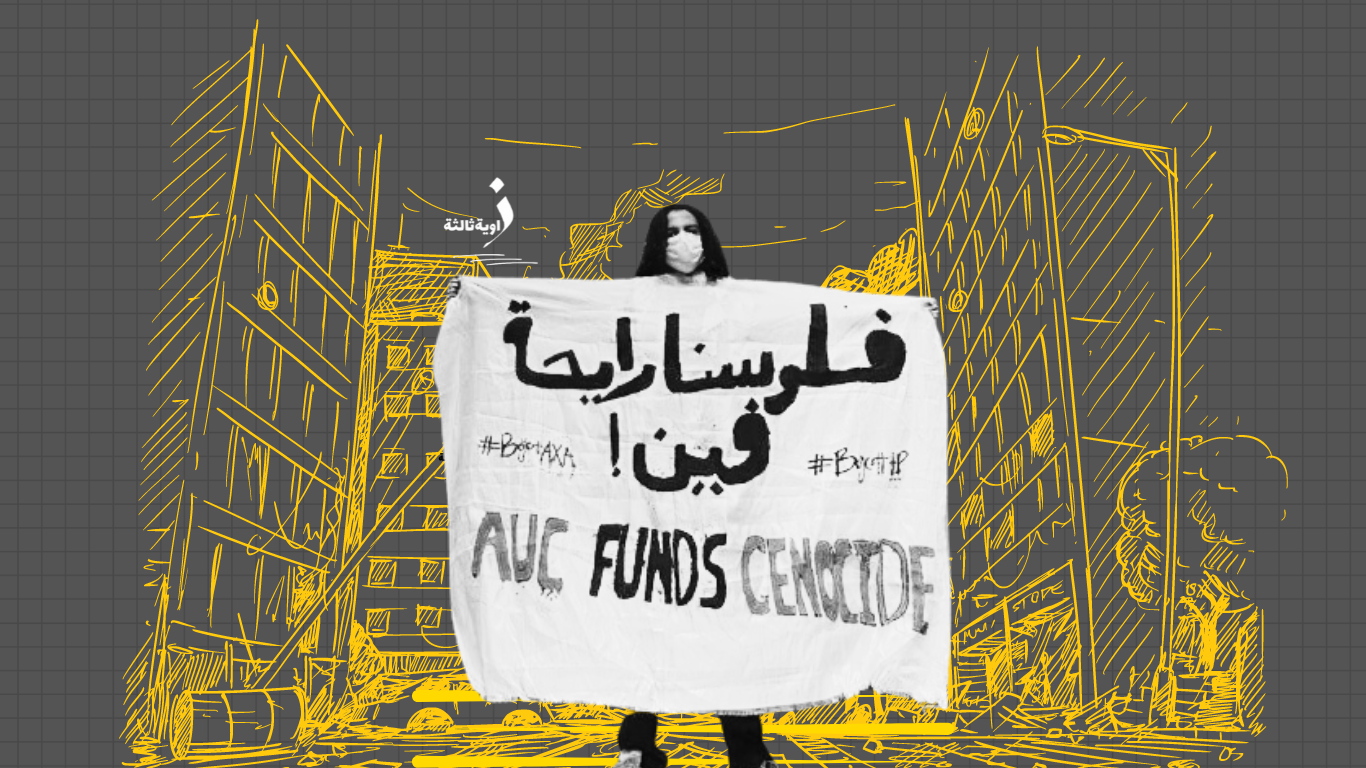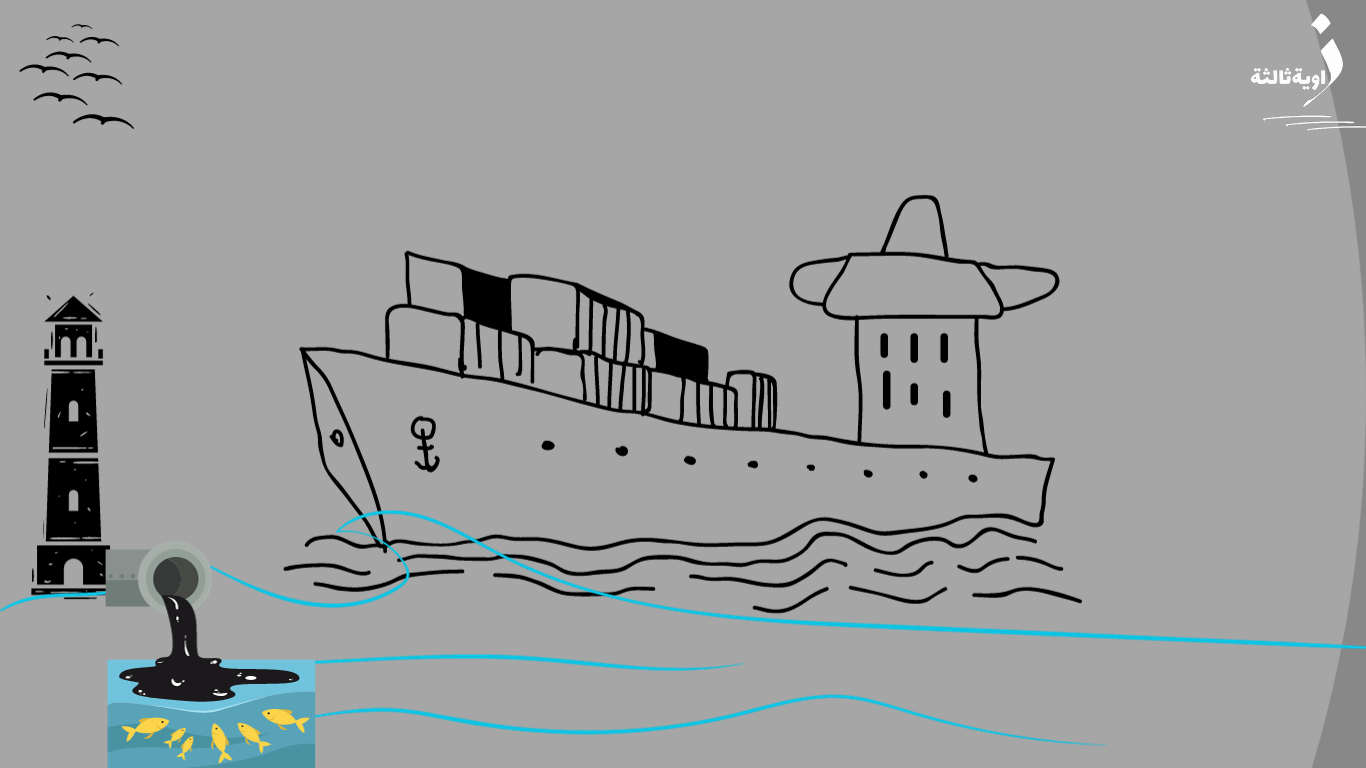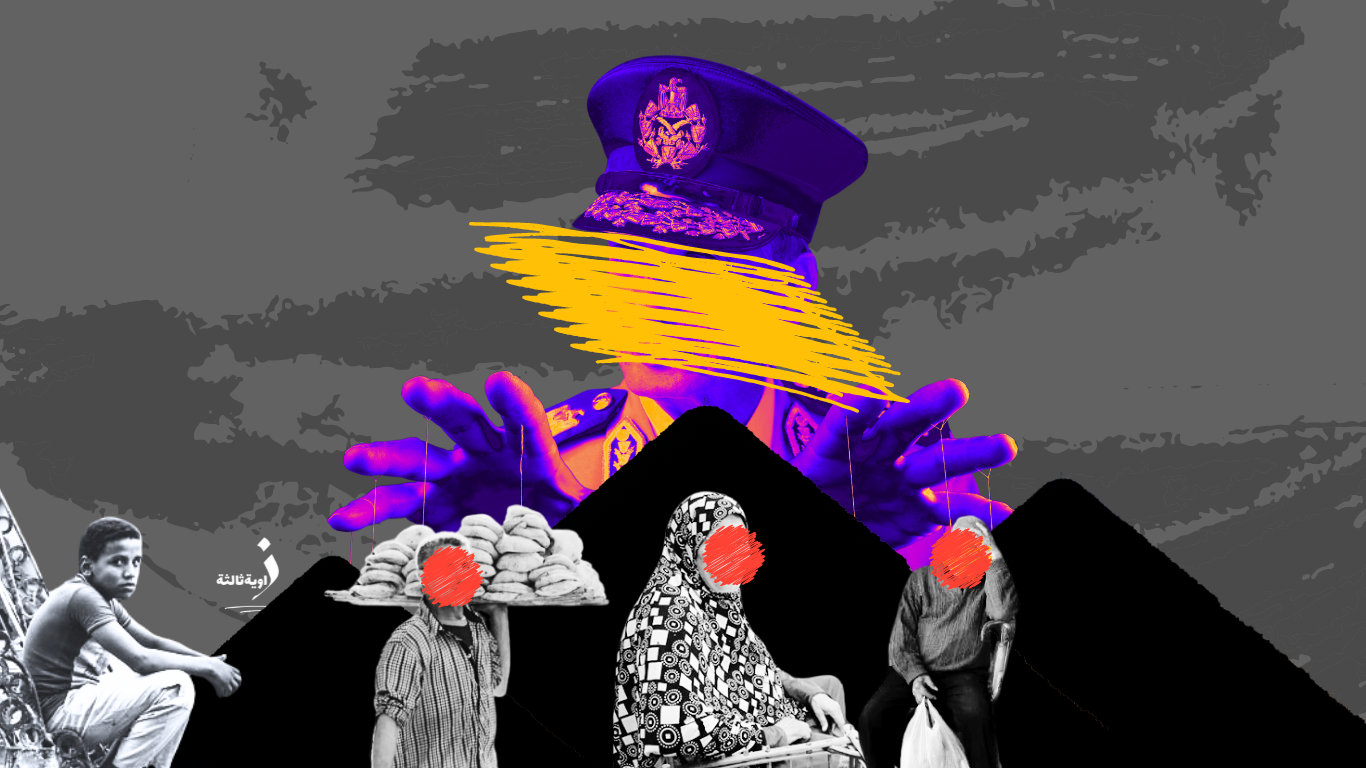For several years, the family of the environmental architect engineer Walid Mohamed has suffered from nausea and breathing difficulties due to foul odors prevalent in their area. He and his family reside in the East Nile region of New Beni Suef city, affiliated with the Urban Communities Authority, inhabited by over 150,000 people according to Egypt’s official census in 2022.
According to Mohamed, these odors intensify during nighttime, especially in winter. Residents interviewed by Zawia3 attribute the odors to sewage marshes mixed with industrial wastewater. Additionally, they struggle with mosquito and insect infestations during the summer, along with carbon emissions and suffocating odors emanating from the industrial zones surrounding the city. New Beni Suef currently hosts 139 operational factories, with another 63 under construction.
Mohamed explains, “We used smartphone applications available on Google Play, such as Digital Wind Speed Meter, Wind & Weather, and Windfinder, to track the source of the sewage odors we encounter. We discovered that the source is located south of the city, where the sewage treatment plant receives industrial wastewater from the city’s factories. This affects the sewage treatment process with activated sludge. Additionally, sewage water flows into the mountain area – higher than the city’s level – causing ground subsidence over the years. This has resulted in sewage marshes mixed with industrial effluents creeping towards the city, posing a significant hazard in return.”
|
Activated sludge treatment is one of the processes used in wastewater treatment, particularly in medium to large industrial plants. It involves introducing air into the tank or basin (via aeration diffusers), which promotes microbial growth in the wastewater. |

The sewage marshes
The New Beni Suef City is situated along the course of the River Nile, approximately 124 kilometers away from the capital, Cairo. It was established by virtue of Prime Ministerial Decree No. 643 of 1986. The total area of the city is 37.9 thousand acres, including 5486 acres of urban blocks, accommodating around 16,599 residential units.
Recent aerial photographs of the city, captured through the Google Earth application, reveal sewage marshes and ponds located within the blue circles on the map. Additionally, there is a sewage treatment plant situated within the black circle on the map, adjacent to a new urban community developed on lands offered by the Ministry of Housing. Near this area lies New Beni Suef City, hemmed in between the industrial zone to the south of the city, vegetable drying factories, the eastern industrial zone housing paper mills and yeast factories. The Ghaneini scrap iron factory is seen adjacent to the residential block, with visible signs of carbon emissions affecting the surrounding buildings.
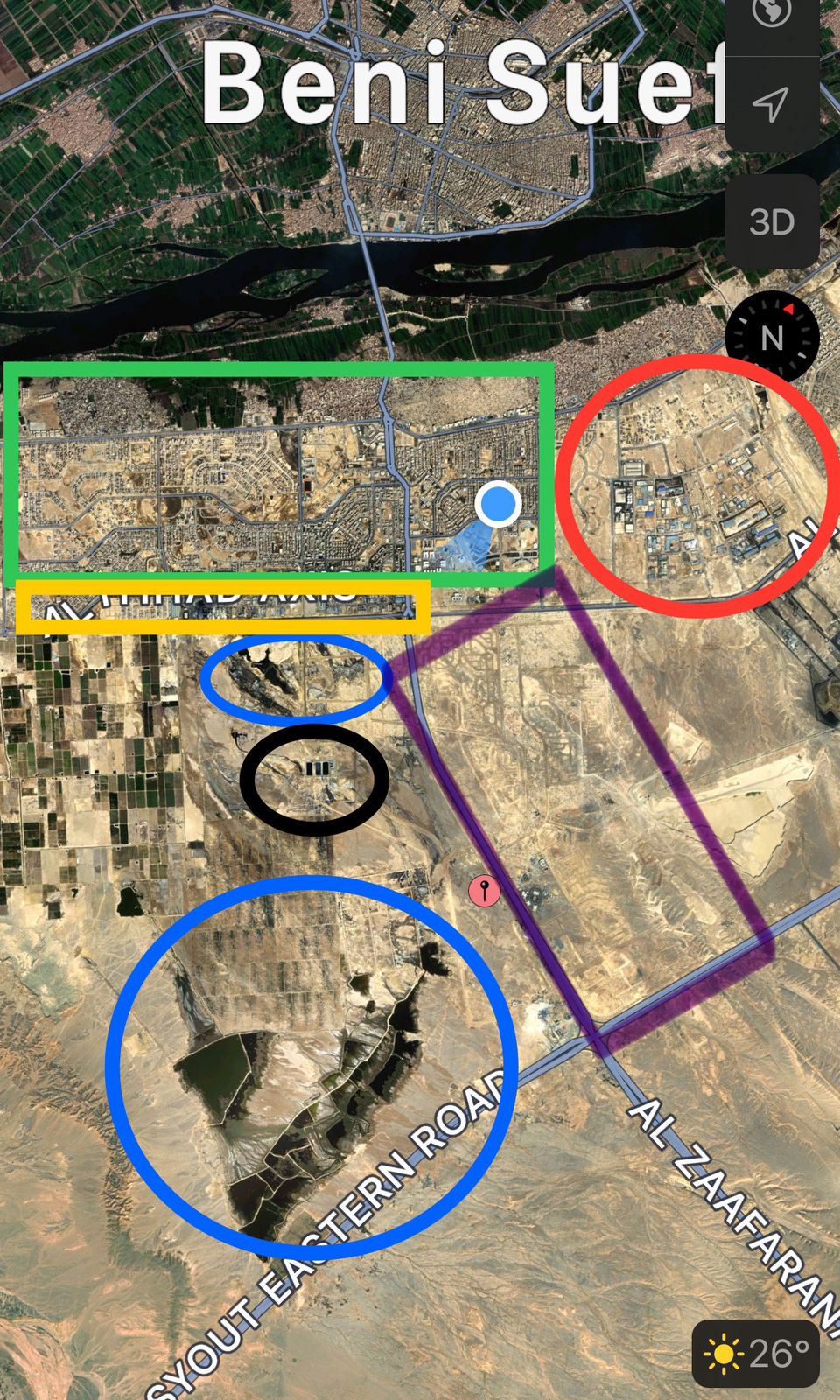
In April 2022, social media witnessed distress calls due to sewage overflow from the basins of the sewage treatment plant in New Beni Suef, causing the flooding of the Nile Association area.
According to the official website of the Presidency, the sewage treatment plant was inaugurated in September 2023. The project consists of four phases with a capacity of 52,000 cubic meters per day, with each phase having a capacity of 13,000 cubic meters per day. The plant produces nearly 12,000 cubic meters of tertiary treated water used for irrigating green areas.

Black Smoke and Suffocating Odors
Another problem faced by the residents of New Beni Suef is the presence of a scrap iron recycling plant amidst residential blocks, resulting in carbon emissions and black ash covering surrounding buildings.
“The factory is adjacent to residential buildings, separated by a street, emitting black smoke with a smell similar to burning wood. Closure orders have been issued against it, lawsuits have been filed, and yet it remains open,” explains Walid Mohamed.

He highlights the residents’ suffering due to the operations of “Al-Ra’i Factory for Drying Agricultural Produce,” where garlic, onions, and balls are dried, emitting foul odors and suffocating fumes that harm sinusitis patients. He adds that on windy days, the city is plagued by putrid odors resembling the burning of dead poultry and its remains, emanating from the automated poultry slaughterhouse and the “Dajdoja” poultry factory in the industrial zone of Bayad Al-Arab village, Beni Suef Center.
Unanswered complaints
Miral Makram, a mother of two living with her family in the Fourth District, East of the Nile in New Beni Suef, also suffers from putrid odors akin to decaying animals, in addition to sewage smells that intensify after 8 p.m., while they are also assailed by the penetrating smell of onions during the day.
In our conversation with her, she describes feeling like she and her family are living inside drainage channels for most of the day, as foul odors seep into her home in the evenings despite closing the windows, causing nausea and even waking them from sleep.
Noha Hammad shares in the suffering, a housewife living in the Third District of the city, as the nauseating odors sometimes compel her to leave her home after her attempts to prevent them by closing the windows and spraying air fresheners fail, pointing to the intense foul odors emanating from sewage effluents from the treatment plant, making the situation unbearable.
She says that residents from the First to the Fourth Districts, as well as those living in “Build Your Home” residences, face the same problem, and several of them have filed complaints with the relevant authorities, but they have seen no action taken to resolve it.
Residents’ complaints about foul odors in East of the Nile in New Beni Suef and villages in the eastern district reached officials in 2019, prompting Dr. Mohamed Hani Ghoneim, the Governor of Beni Suef, to issue directives for an environmental study and field inspection of several factories in the industrial zone east of the Nile in Beni Suef, including Dajdoja Factory, the Canadian Company, Sira Slaughterhouse, Yeast Factory, Paint Factory, Foods Factory, Angel Yeast Factory, and Ali Abdel Rahman Tahini Factory, to review environmental standards and requirements. However, the problem persists.
Although the governorate did not disclose the detailed results of the study, the governor announced in 2022 the identification of factories that may be causing foul odors after comprehensive technical and environmental reviews, explaining that two factories are responsible for these odors, giving them a seven-day grace period to rectify their situations before legal action is taken against them if these observations are not rectified within the given period.
